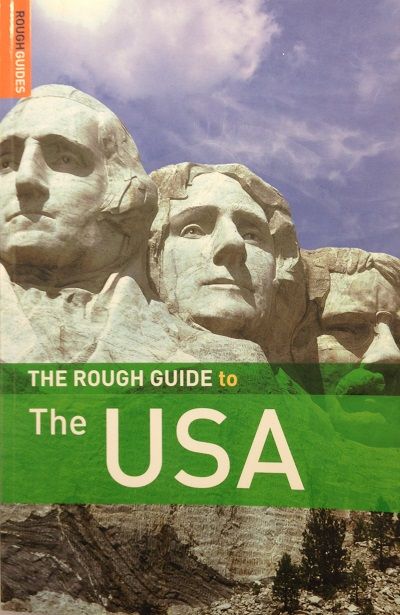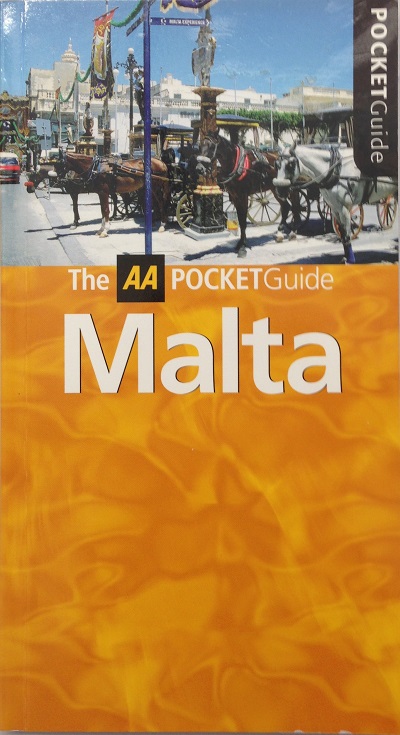When it comes to visiting a new country, it ALWAYS pays to buy an up to date guide book. There’s nothing worse than stumbling around a new city or town without a clue of where you’re going or what you should be looking at. Even worse, you’ll probably end up missing all the best bars and restaurants and head on into the Tourist Tavern where you’ll pay a fortune for a limp salad.
When I was in Amsterdam for example, I never would have found the amazing Whisky Café L&B on Korte Leidsedwarsstraat with its selection of over 1,400 whiskies whilst Anne Frank’s house was only obvious because of the insane queue snaking around the corner and into Belgium. But even worse, I would never have found the best apple turnovers in the world at Screaming Beans on Hartenstraat – you’ll thank me once you’ve been.
So what I’m trying to say is a good guide book is essential. But which are the best travel guide books?
What do you want a guide book for?
When it comes to picking a guide book, the main questions are:
- Do you want to know about weather, if you need vaccinations, visas, and the best hotels & restaurants?
- Do you want to know about the history and culture?
- Do you want detailed guides to the best museums, art galleries, and buildings?
Once you answer these, you’ll know roughly which guides you should be looking at. You’ll know the big names such as Lonely Planet and Rough Guides, but there are others.
Rick Steves
America’s go to man when it comes to travel (European travel in particular), Rick has created a fantastic range of guide books that focus on great value and reliable information. Most of his books are updated annually and he undertakes much of the research himself at peak season. The books include a number of itineraries for most destinations and focus on towns which the writers feel tourists should visit whether they’re popular destinations or not.
Best for: inspiring (or instructing) you to travel at a set pace with a strict itinerary.
Cons: Not completely impartial, information often swayed by personal opinion. Tricky to find in the UK.
Lonely Planet
Perhaps the most well-known guides around, the Lonely Planet series covers nearly every country in the world in great detail. They’re filled with comprehensive low- and mid-budget listings for hotels and restaurants, and helpful on-the-ground travel tips. Lonely Planet is perhaps best used as a planning guide book before you arrive. Plan your trip, leave it at home, and take a more pocket friendly book instead – such as a Rough Guides.
Best for: planning a trip and discovering the best areas.
Cons: A lot of information you probably won’t need.
Rough Guides
Initially, the series was aimed at low-budget travellers such as backpackers but over the years Rough Guides has incorporated more expensive recommendations and is now marketed to all travellers. It’s not the best series for information on hotel listings but when it comes to history and sightseeing, they’re hard to beat. Written from a European perspective, there’s something reassuring about the Rough Guides although its layout leaves a lot to be desired.

Best for: detailed info on historical attractions, architecture, museums, and galleries.
Cons: Poor layout makes it tricky to follow at times.
Fodor’s
Popular in the States, Fodor’s have all the basic information you’ll need that can be found in any other guide book. Its strength lies in its “what to do” listings that can’t be matched by any other guide. Complete, in-depth, indispensable. They operate a number of different categories and even produce a guide book for sightseeing with children.
Best for: in-depth information, planning a trip with children.
Cons: Design can make it a little difficult to read and maps are poor.
Footprint
This British series is great for all the small details and any practical information you could need when travelling. Footprint covers the destination’s cultural and historical background in depth and offers a good selection of hotels and restaurants not usually mentioned in other guides.
Best for: information you won’t find in other guides.
Cons: Some guides haven’t been updated for a while.
The AA Pocket Guide
These actual pocket sized guides are great to have on you for locations you already know a bit about. They include walking and driving itineraries, the best beaches or sights, and a “how to fit in like a local”. Whilst some of the photos are hilariously outdated, they are clearly laid out and informative.
Best for: restaurant ideas, local “top 10…”
Cons: Short on in-depth tourist information.
Blue Guides
If you want to know about the culture and history of a destination, the Blue Guide is for you. It’s like having a cross between Indiana Jones and Tim Wonnacott guide you (but without the fun of Indy). It was launched after World War 1 by the English-language editor of the Baedeker guides. Heavy going and encyclopaedic but vital if you’re a culture vulture.
Best for: becoming an expert on antiquities, art, and museums.
Cons: Limited to culture, not really a modern guide book.
Have we missed any?
If you know of any other great guide books we’ve missed, let us know below so we can add them. Alternatively, why not take a look at our guide to the Italian Lakes or some other travel advice.
Remember, if you want to be kept up to date with all the latest deals and news, sign up to our newsletter and follow us on Facebook and Twitter.







I prefer Cadogan guides as a wonderful read supplemented with the Internet. Not as dense as Blue guide but for a similar audience.
I have been deeply impressed with the Bauer guide to Malta and hope to try our their Icelandic guide. They do less covered destinations.